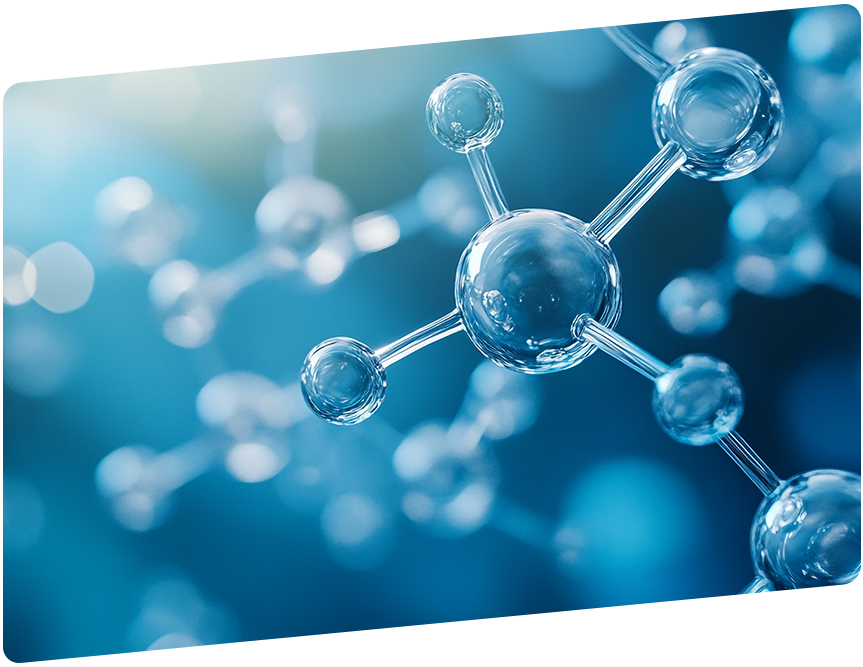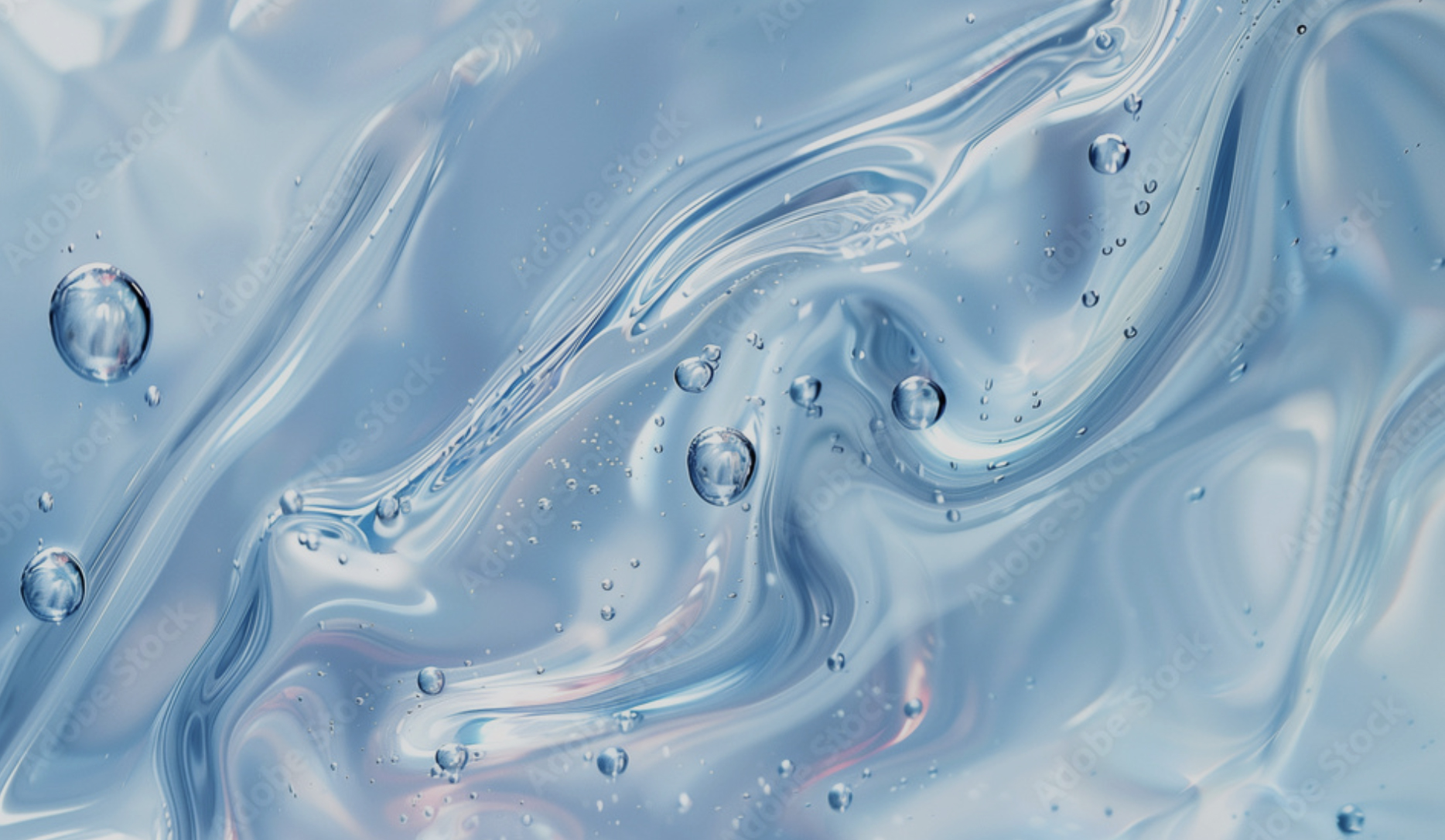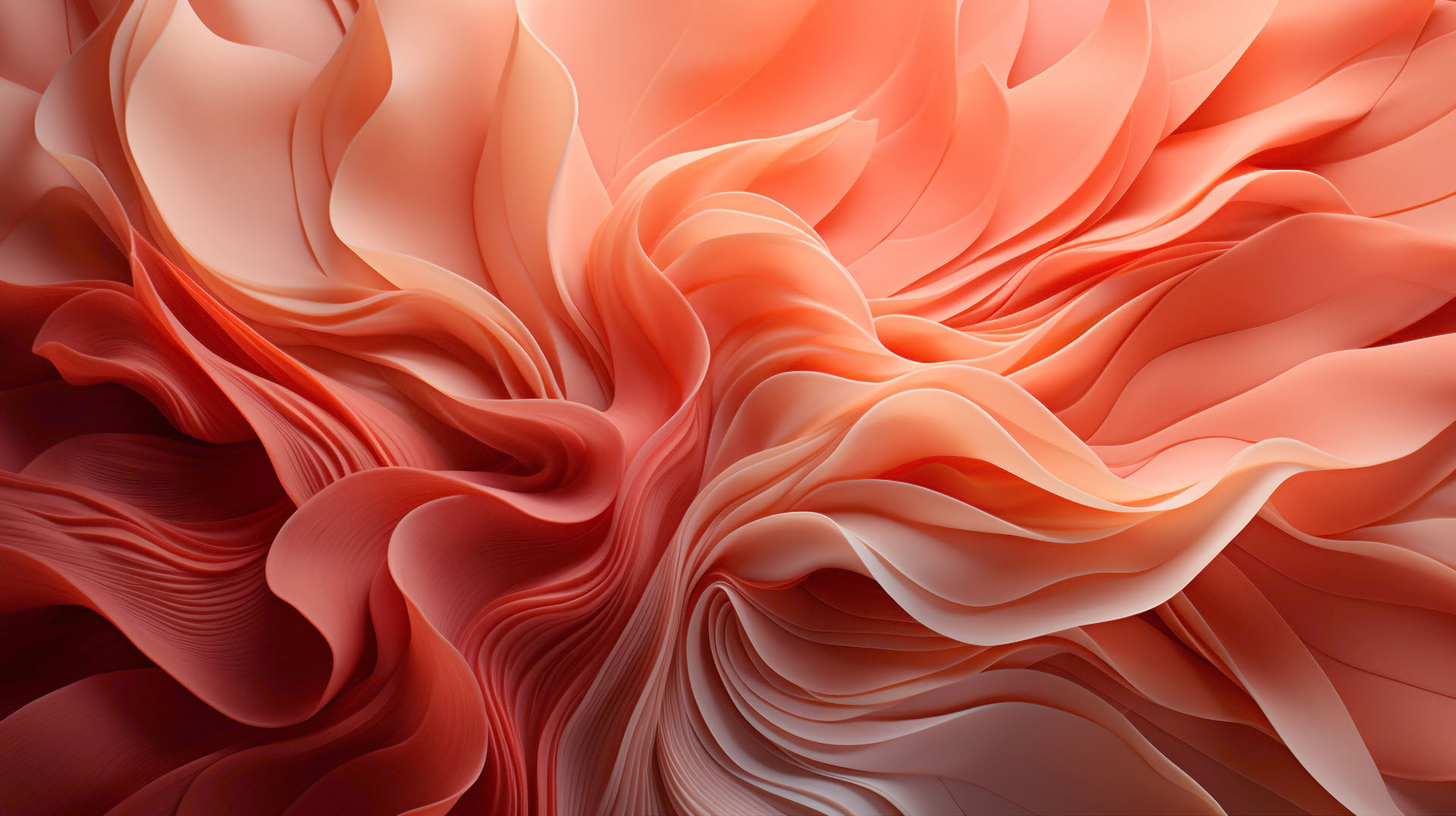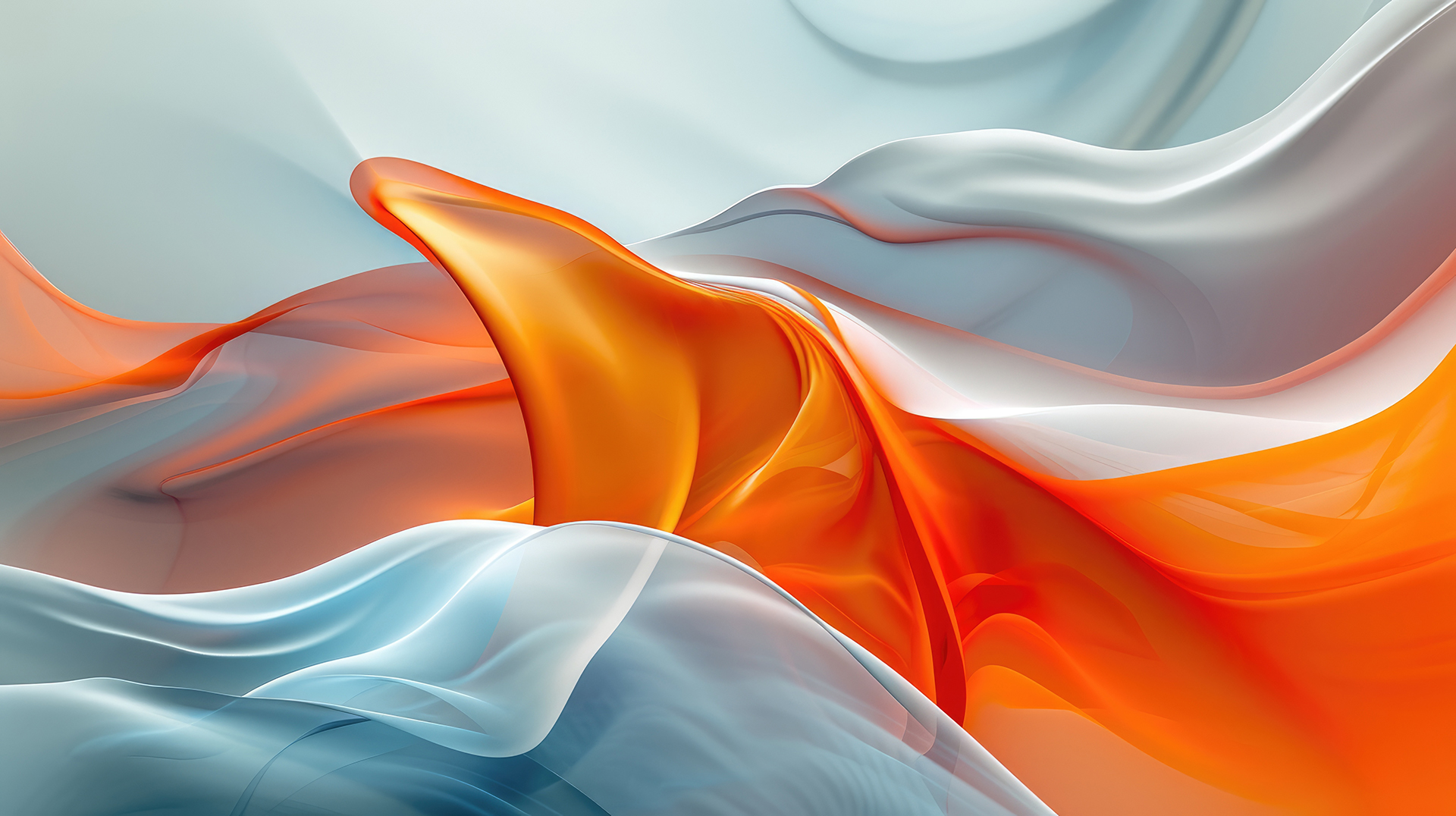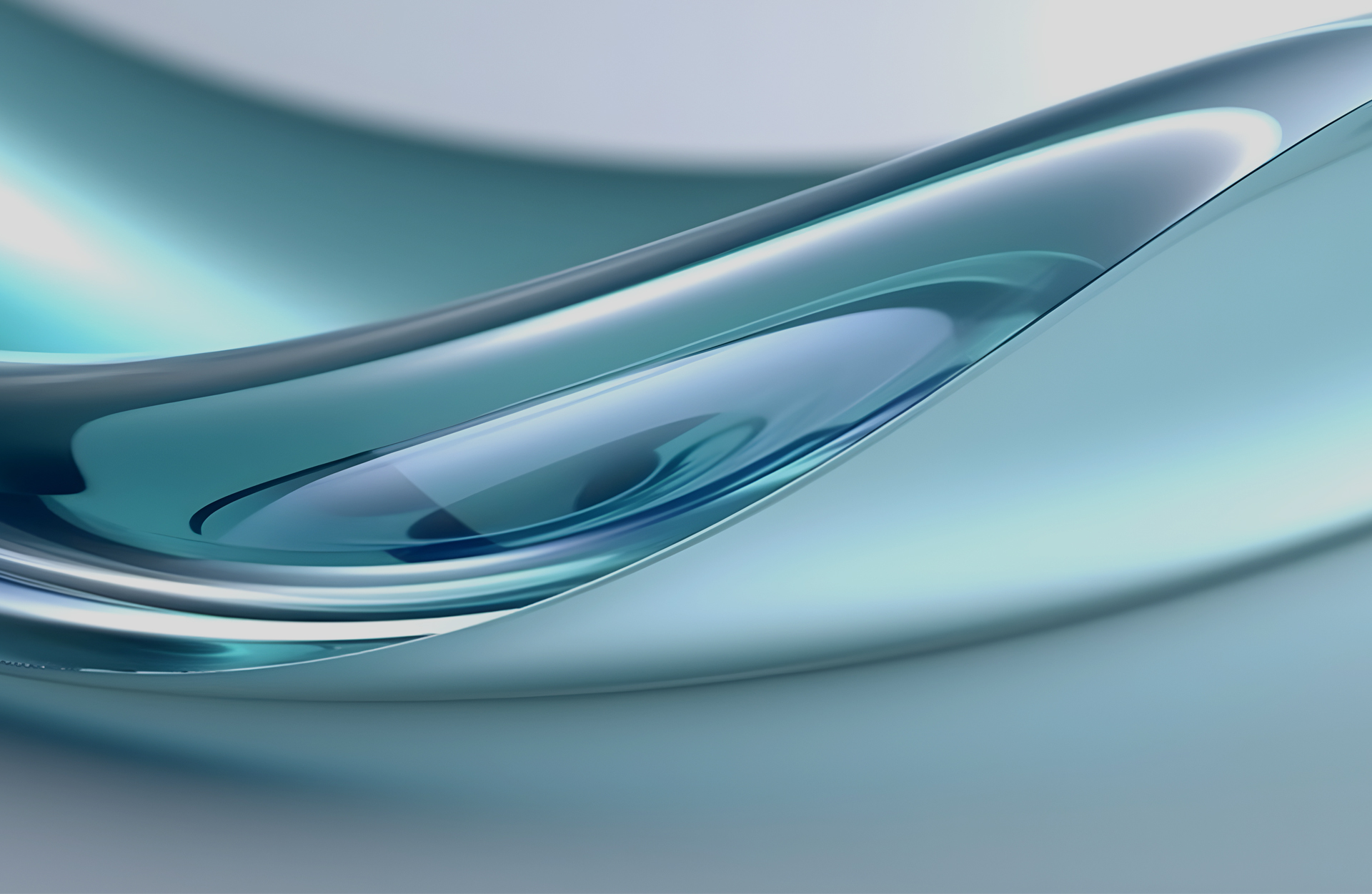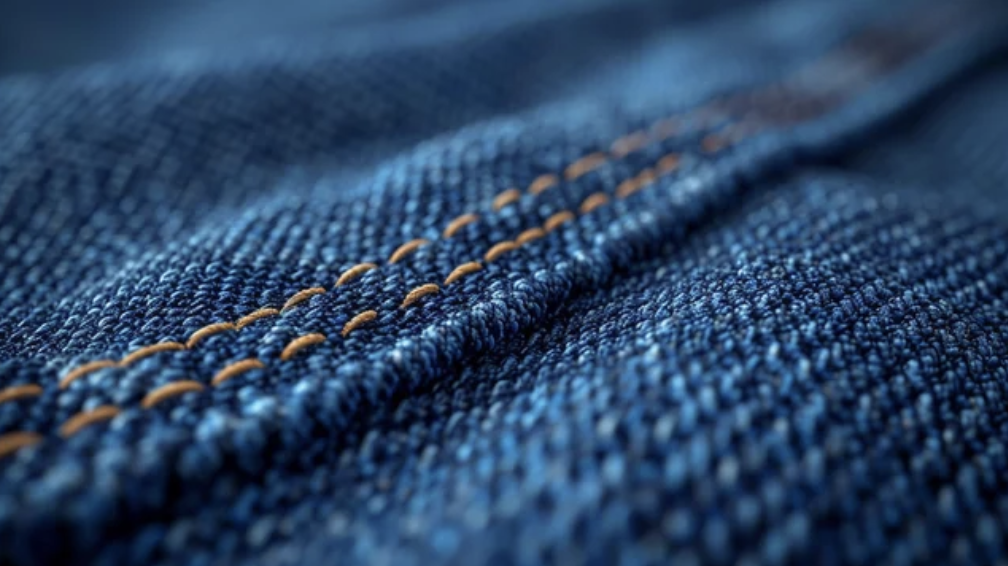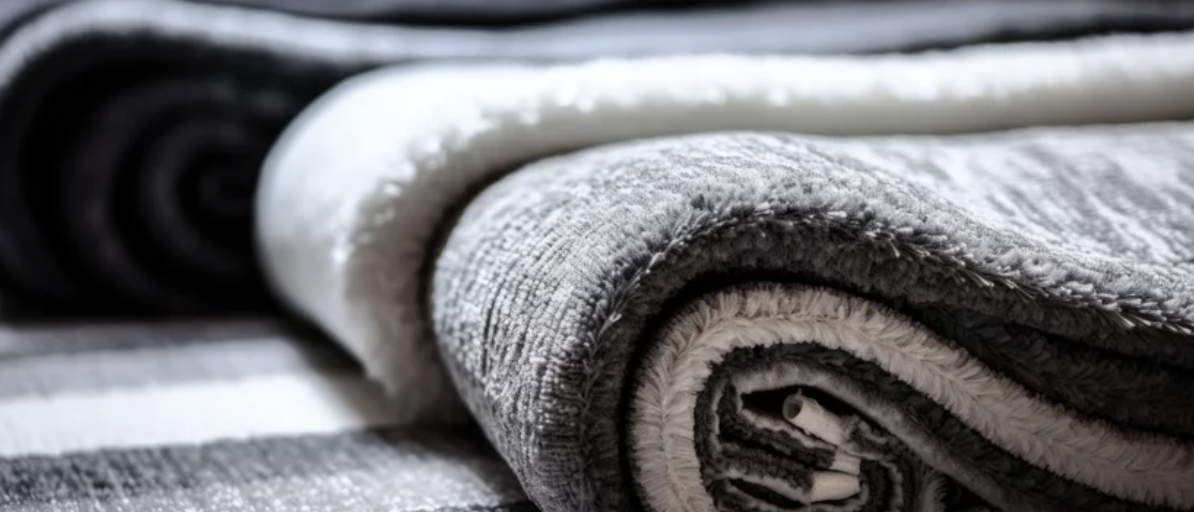Garment Dyeing & Textile Finishing
If you want to add color to finished garments and textiles, garment dyeing and denim dyeing are the way to go. This versatile textile finishing technique, completed with textile chemicals, textile detergent, and textile dyes, offers tons of creative possibilities compared to standard fabric dyeing. Here’s everything you need to know about the exciting world of garment dyeing and how it can benefit your textile business.
The Garment Dyeing Process
rather than dyeing the raw fabric yardages. This allows adding color and effects as a final textile finishing step in the manufacturing process.
The garment dyeing process typically begins with pre-treating the materials. Pre-treatments with textile chemicals and detergents, like scouring, bleaching, and anti-pilling, prepare the fabrics for accepting dyes. Textile detergent helps remove impurities, while bleaching whitens the materials to create a blank canvas for dyeing.
After pre-treatment, the garments are loaded into specialized high-capacity dyeing machines. These machines have perforated drums that allow total dye liquor circulation through the garments. This ensures perfectly even dye coverage from product to product with no uneven dyeing or shading issues.
The appropriate textile dyes, chemicals, and fixatives are added to the dye baths for the textile finishing process. The garments will exhaust the dyes from the dye bath over 30 to 90 minutes at optimized temperatures for the fiber type. Too cold, and the dyes won’t absorb well. Too hot, and you risk damaging the fabrics.
Dye fixatives play a key role in garment dyeing by increasing the wash and rub fastness of the dyes. They chemically bind the dye molecules to the fabric structure. Without fixatives, the dyes would quickly wash out, leaving you with faded, low-quality products. This dyeing process is the same for garment dyeing and denim dyeing.
Dyeing Techniques
There are a few common dyeing techniques used in garment dyeing:
Exhaust Dyeing
Exhaust dyeing is the most common approach in garment dyeing. The aqueous dye baths contain dissolved dyes that get adsorbed onto the textile fibers as the liquor flows repeatedly through the garments. Continuous garment dyeing machines allow high-volume production using the exhaust technique.
Denim Dyeing
Denim dyeing utilizes exhaust dyeing to produce the iconic indigo blue color. The denim fabric is passed through vats of indigo dye numerous times to build up the dark shade. Too few passes, and you get a light washed-out denim. Too many passes and the fabric becomes stiff from the heavy dye deposits.
Overdyeing & Cross-Dyeing
Garment and denim dyeing also allow the over-dyeing and cross-dyeing of denim jeans to create fashionable vintage looks. Overdyeing involves re-dyeing a garment already dyed to produce effects like color fading. It lightens and mutes the original dyeing. Cross-dyeing dyes a garment with a secondary color to produce a blended hue. For example, dying blue denim with yellow dye produces a greenish cast. Both techniques add visual interest and a worn-in look that is popular with many clothing brands.
Digital Printing
Garment printers can apply intricate patterns and effects for more creative looks. Digital inkjet garment printers offer incredible flexibility by spraying dye-based inks onto specific areas of the garments. The printed ink chemically bonds with the fabric for permanent designs without bleeding or distorting the patterns. Printing eliminates the need for screens or rollers to apply dyes. The printer software allows you to scale, repeat, or modify designs easily.
Advantages of Garment Dyeing
One of the main benefits of garment dyeing and textile finishing, including denim dying, is the flexibility it provides for producing colored textile products.
Since dyeing happens after manufacturing, garments don’t need to be sewn from dyed fabrics. This eliminates the effort of sourcing and stocking colored textiles. Products can be sewn in a base neutral color from undyed fabric, warehoused, and then dyed to order. This just-in-time dyeing streamlines inventory management. You only hold uncolored garments and dye them as needed for orders. Being able to dye garments on demand also makes it easy to test small batches of new colorways without committing to yards of colored fabrics.
Garment dyeing also enables special wash effects. Techniques like overdyeing, cross-dyeing, stone washing, and enzymatic distressing can produce fashionable vintage looks. Stone washing uses abrasive stones in the washer drum to wear away color and soften fabrics. Enzymatic washes use cellulase enzymes to break down cellulose and induce fading.
These dyeing effects are difficult or impossible to achieve with pre-dyed fabrics. The textile finishing happens after construction.
Materials Suitable for Garment Dyeing
Many types of materials can be garment dyed to produce custom colors and looks:
Partner With the Experts
To tap into the potential of garment dyeing, denim dying, textile finishing, or textile dyes, connect with the experts at Polyventive. We provide high-performing garment dyeing preparations, including textile detergent, textile dyes, textile chemicals, automotive interior dye, and fixatives. Our experienced technical team can help you select the right dyes, including an automotive interior dye or dye fixative and auxiliary chemicals for your specific fabrics and garments. We offer both standard and customized options to meet your exact needs. Upgrade your garment dyeing, reduce waste, and increase versatility by partnering with Polyventive.
Reach out today to see how our garment dyeing solutions can benefit your textile manufacturing and finishing needs!
